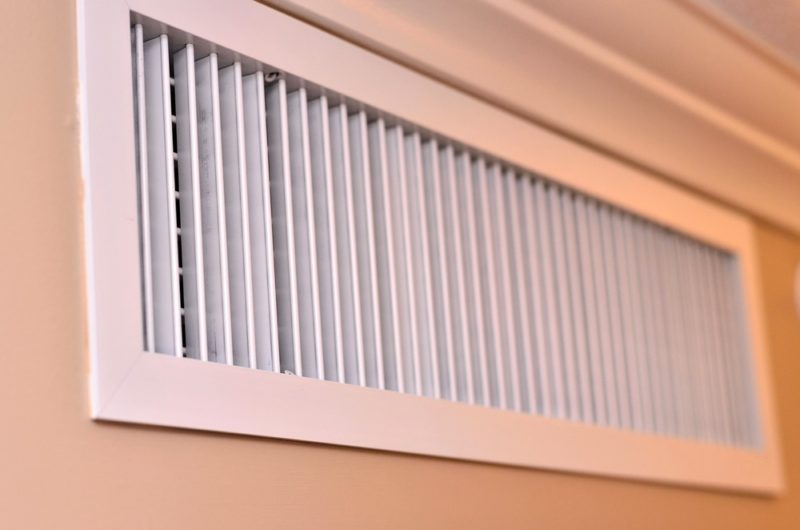Introduction
Your air conditioning system is more than just a cooling mechanism—it’s a potential gateway for pests and animals to invade your home. From tiny insects to larger mammals, these intruders can wreak havoc on your health and HVAC system. The good news? You can take steps to keep them out.
Common Pests and Animals in AC Vents
Insects
AC vents are like luxury resorts for insects such as silverfish, flies, mosquitoes, and spiders. These pests are drawn to the moist, dark environment of ductwork. They enter through tiny cracks, unsealed gaps, or improperly installed vents. Once inside, they can multiply rapidly, spreading allergens and creating an unhygienic environment.
Rodents
Rodents, such as mice and rats, are notorious for seeking shelter in ductwork. Their activities leave behind droppings, urine, and chewed wires. Not only do they contaminate the air you breathe, but they also pose fire risks by damaging electrical components in your HVAC system.
Larger Animals
Squirrels, raccoons, and other small mammals may find their way into your duct system, especially if there are pre-existing holes or damage. These animals can chew through duct material and wiring, leading to costly repairs and compromised air quality.
Reasons Pests Are Attracted to AC Vents
Shelter and Warmth
HVAC systems provide a perfect refuge for pests, offering warmth during cooler months and protection from predators.
Accessibility of Entry Points
Cracks, holes, and unsealed connections in ductwork act as open invitations for pests.
Moisture in the Ducts
Moist environments within AC systems attract insects, particularly in areas with high humidity.
Risks and Damages Caused by Pests
Allowing pests to inhabit your AC system can result in:
- Health Hazards: Exposure to allergens, bacteria, and droppings can lead to respiratory issues and diseases.
- Structural Damage: Chewing and nesting can destroy ductwork and electrical wiring.
- Reduced HVAC Efficiency: Blocked or damaged vents force your system to work harder, increasing energy costs.
Prevention Strategies
Sealing Gaps and Cracks
Identify vulnerable areas in your ductwork, especially around joints and external vents. Use mastic sealant, metal tape, or caulk to close these gaps and create a pest-proof barrier.
Installing Vent Screens
Covering external vents with fine-mesh screens prevents pests from entering without restricting airflow. Make sure screens are durable and securely fastened to avoid being dislodged.
Regular Maintenance and Cleaning
Routine inspections and cleanings are vital. Professional services can clear out debris and sanitize ducts, while DIY maintenance, like changing filters and vacuuming accessible areas, keeps pests at bay.
Using Repellents and Traps
Natural repellents like peppermint oil can deter insects and rodents. For larger animals, humane traps are a good option. Place traps near vent openings to intercept intruders before they enter.
Identifying Signs of an Infestation
To detect an infestation:
- Droppings or Debris: Visible signs of pests in or near vents.
- Unusual Smells: Odors from droppings, urine, or decaying animals.
- Noises: Scratching, scurrying, or other unusual sounds in ductwork.
Steps to Handle an Infestation
- Call Pest Control: Professionals can safely remove pests and recommend prevention strategies.
- Clean and Sanitize: Hire experts to clean and disinfect ducts, removing any residual contamination.
- Repair Damage: Fix any structural or system damage caused by the infestation to prevent future issues.
Long-Term Solutions for Pest-Free AC Systems
Investing in your HVAC system’s upkeep ensures long-term protection. Regular inspections, advanced sealing techniques, and pest-resistant duct materials can provide peace of mind and protect your home.
Benefits of a Pest-Free AC System
- Better Health: Clean air free from allergens and contaminants.
- Enhanced Efficiency: Smooth operation without blockages or damage.
- Cost Savings: Fewer repairs and lower energy bills thanks to a well-maintained system.
Conclusion
Protecting your AC vents from pests and animals is crucial for your home’s safety and comfort. By taking preventive measures like sealing gaps, installing vent screens, and scheduling regular maintenance, you can keep your HVAC system running smoothly while avoiding the health risks and damage caused by infestations. Don’t wait—start safeguarding your AC system today!
FAQs
1. How do pests access AC vents?
Pests enter through cracks, unsealed areas, or damaged ducts in your HVAC system.
2. What are the signs of a rodent infestation in ductwork?
Signs include droppings, foul smells, and scratching noises.
3. Can pests permanently damage my HVAC system?
Yes, pests can chew through wires and ducts, causing expensive damage that may require significant repairs.
4. How often should I clean my AC vents?
Professional cleaning every 1–2 years is recommended, with regular filter changes in between.
5. What natural repellents work best for AC vents?
Peppermint oil, diatomaceous earth, and ultrasonic pest repellents are effective options.

